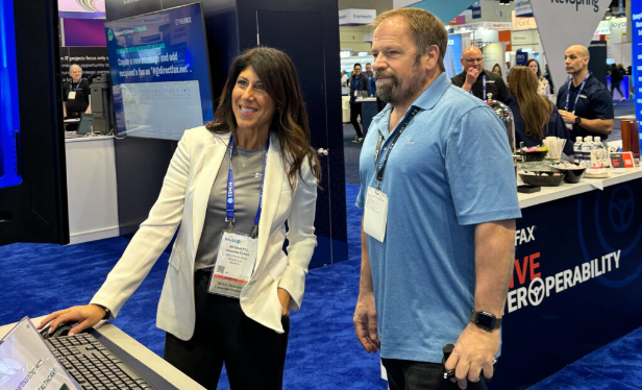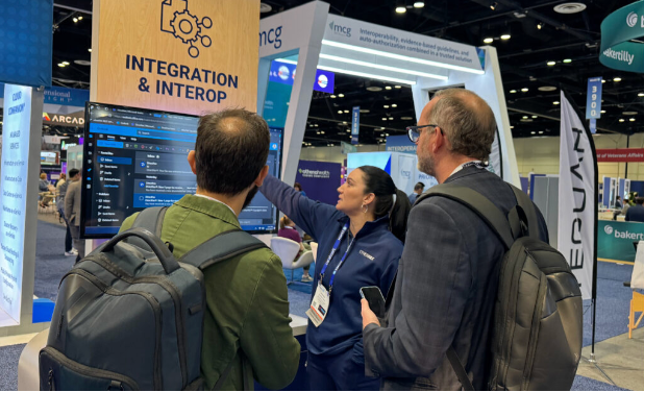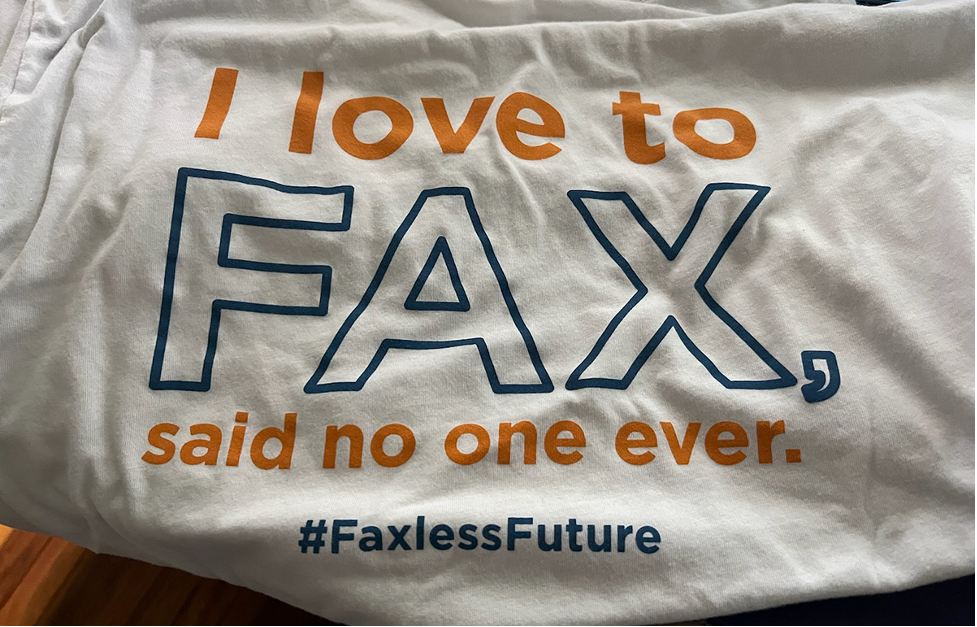By Ben Manning, etherFAX: A recent article for Blomberg Law discusses healthcare data sharing and highlights one of the glaring constraints that is the reality of the US healthcare system — the dreaded fax machine. The article points out that “at least 70% of healthcare providers still exchange medical information by fax” and goes on to state that in some ambulatory and post-acute care settings the figures may be much higher. 
A fax machine is an antiquated means of digital document exchange. Does it work? Sure, you can put paper in the machine, type a number, hit the shiny green button, and someone on the other end will receive the document on paper. While the technology of being able to digitally transmit a document in this fashion is quite remarkable, using a fax machine, with two modems hissing at each other, and spitting out paper, is quite antiquated.
Today, fax technology relies on cloud-based exchanges. Faxing has evolved to become a secure digital exchange of documentation and data. It is no longer your parent’s fax machines decades ago. Yet, that is still the preconceived notion of ‘fax’, especially when one considers its use in a healthcare setting.
Let’s eliminate the fax machine, adopt today’s technology, and change what it means to fax. Today’s digital document exchange of data, relying on cloud-based infrastructure, is the easiest and most secure means of exchanging data and documentation.
Consider that etherFAX has partnered with Microsoft to bring their suite of Cognitive Services into the etherFAX network. What does this mean for healthcare? Hospitals can now utilize a secure digital platform to exchange data, either via a fax number, an NPI number, or via a robust set of APIs.
This form of document delivery is not a curly piece of paper that is smudged and illegible. Rather, the delivery is a rich, full color searchable PDF document that can be delivered to a network folder, to a Microsoft Teams channel, or even an email inbox. Utilizing Microsoft Computer Vision and Forms Recognizer also means an enhanced payload with OCR results and key Name-Value-Pairs (first name, last name, DOB, etc) is now part of that data exchange.
According to Ben Manning, Direct of Product at etherFAX, data transportation in healthcare encompasses so much more than just one medium. For example, by taking advantage of the etherFAX Secure Exchange Network (SEN), healthcare entities, from payers and providers to post-acute care facilities, doctors, and patients, can transport data using whatever options best suit their workflow.
Manning added, “etherFAX SEN powers the digital exchange of data using APIs, FHIR, email, Direct Message, HL7, and obviously fax.” Not only does this fundamentally change the data transportation types, it also allows for interoperability across different message types. Interoperability is solved when we enable the movement of documentation and data from one healthcare entity to another. In order to achieve that, different systems and applications need to communicate and exchange data.
We cannot wait for EHRs to take the lead on interoperability, any more than we can wait on Amazon and Walmart to start sharing data. Rather, data exchange platforms such as etherFAX’s Secure Exchange Network are taking the lead on enabling two disparate systems to communicate by extracting and transforming data in a way that the receiver can meaningfully interpret and ingest the data being sent, regardless of its original format.
In this way, by transforming the way we think of exchanging data, and by allowing for different data transport mechanisms, we can also allow for various message types such as Direct and HL7 to become standardized, and enable message types such as Admission, Discharge, and Transfer (ADT), Order Messages, (ORM) and Medical Document Management (MDM) to be transmitted between two systems as a secure digital exchange of documentation and data.
The author of the article is absolutely correct that the fax machine is a horrible way to exchange documents and data, and is an inefficient tool for communication. But the problem is the fax machine, not the technology.
The example where a hospitalist at Penn Medicine “received faxed medical records for a patient that made a stack two inches thick” should never happen. Why is CareAlign printing out records? That doesn’t provide HIPAA security of PHI. It is inefficient and wasteful. We wouldn’t accept that antiquated technology in any other aspect of our lives.
The technology of faxing has evolved. It’s time for our concept of faxing to evolve, too. It’s time to separate the antiquated notion of a fax machine from the technology that drives a secure digital exchange of data. It’s time to stop printing out medical records and to start using the tools and technology that are possible with modern fax technology such as extracting, transforming, and analyzing interoperable data from documents that are shared over a secure, HIPAA compliant platform.
Interested in learning more? Let’s chat!
SOURCE etherFAX


